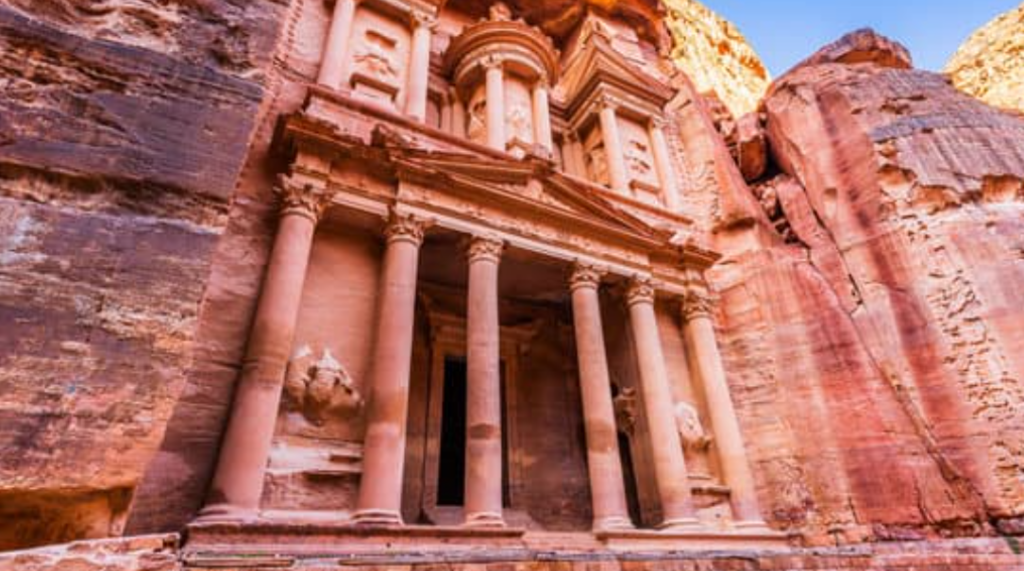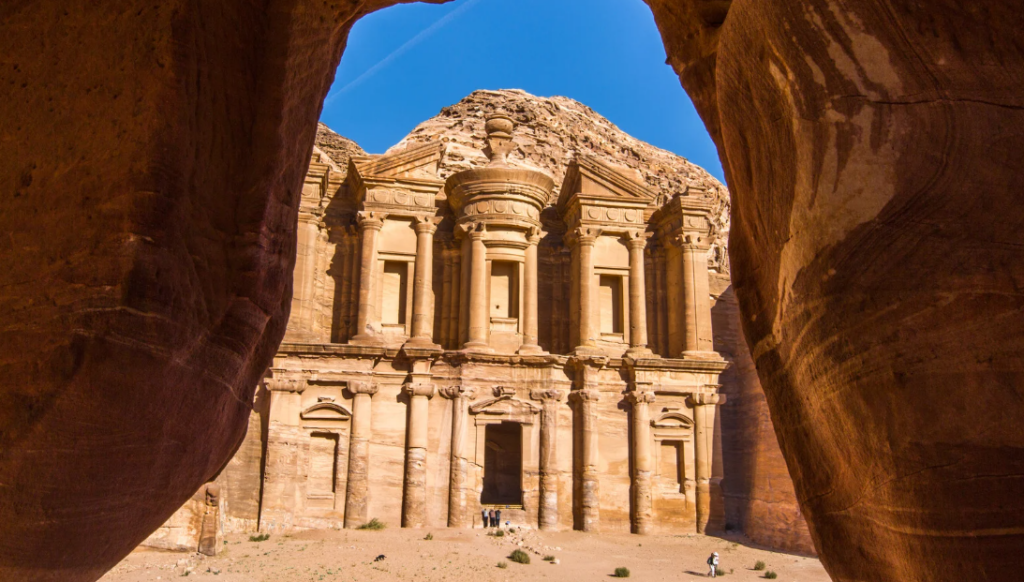Must-Visit Historical Sites in Amman, Jordan

Amman, the capital of Jordan, is where ancient history meets modern city life in the most fascinating way. One moment, you’re strolling past Roman ruins, and the next, you’re sipping Arabic coffee in a trendy café. Whether you’re a history enthusiast or just someone who loves discovering new places, Amman’s rich past is waiting to be explored. So grab your walking shoes and get ready for a journey through time.
The Citadel (Jabal al-Qal’a) – The Best View in Town
Perched high above the city, the Citadel is one of Amman’s top attractions—and not just for history buffs. The sweeping views alone make it worth the visit. This site has been inhabited since the Bronze Age, making it one of the oldest parts of the city.
- Temple of Hercules – While only a few giant columns remain, you can still imagine how grand this Roman temple must have been.
- Umayyad Palace – Step inside this stunning eighth-century palace and picture what life was like for the royals of the Islamic era.
- Byzantine Church – A glimpse into Amman’s early Christian history, this ancient structure adds yet another layer to the city’s diverse past.
It is best to visit in the late afternoon for a magical sunset over the city.
Roman Theater – Where the Past Comes to Life
Right in the heart of downtown Amman, the Roman Theater is an absolute must-see. Built in the second century AD, this massive amphitheater could hold up to 6,000 people. Its semi-circular seating and towering stage are a testament to Roman engineering skills.
Today, the theater is still in use for concerts and cultural events, making it a fantastic place to experience both history and entertainment. The best panoramic shots of the city can be taken from the top rows.
Jordan Museum – A Journey Through Time
If you love museums or just want a break from the sun, the Jordan Museum is the place to be. It is packed with fascinating artifacts from prehistoric times to modern Jordan. One of the biggest highlights is the Dead Sea Scrolls, ancient manuscripts that provide insight into the region’s religious and cultural history. The museum is well-organized and air-conditioned, making it a perfect stop for a midday break.
King Abdullah I Mosque – A Modern Marvel
Not all of Amman’s landmarks are ancient. The King Abdullah I Mosque, with its striking blue dome and intricate tilework, is a stunning example of modern Islamic architecture. Built in 1989, it is open to visitors who want to learn more about Jordanian culture and religion.
Non-Muslim visitors are welcome, but it is important to dress modestly. Women can borrow a headscarf at the entrance if needed.
The Roman Nymphaeum – A Hidden Gem
This ancient Roman fountain was once a grand public water source, decorated with sculptures and intricate carvings. Though time has taken its toll, the ruins still give a fascinating glimpse into Roman urban planning. Back in the day, this was likely one of the busiest spots in town, similar to an ancient version of a public square.
Al-Husseini Mosque – A Landmark of Faith
Located near the Roman Theater, Al-Husseini Mosque is one of Amman’s most important religious sites. Originally built in the seventh century and rebuilt in the early twentieth century, it blends history with tradition. With its simple yet elegant design, it stands as a symbol of Amman’s spiritual heritage.
The area around the mosque is full of authentic Jordanian eateries, making it a great place to stop for local food after a visit.
The Jordan Archaeological Museum – A Treasure Trove of Artifacts
Located within the Citadel complex, this museum complements the Jordan Museum with a more specialized collection. From prehistoric tools to intricate jewelry, it offers a deep dive into Amman’s rich history. If you enjoy uncovering ancient artifacts, this place is a must-visit.
Amman’s Souks & Historic Streets – A Walk Through Time
Not all history is behind glass. A visit to Amman’s old markets, or souks, is like stepping back in time. The Al-Balad district is filled with colors, scents, and sounds, perfect for picking up souvenirs, tasting local sweets, or simply soaking up the city’s energy.
Bargaining is common in the markets, so do not hesitate to negotiate prices when shopping.

The Temple of Bacchus – A Forgotten Treasure
Tucked away within the Citadel, this lesser-known Roman temple was dedicated to Bacchus, the god of wine. While not as famous as some of the other ruins, it is still a fascinating reminder of Amman’s deep Roman roots. The presence of this temple suggests that ancient Amman had a vibrant social life.
The Umayyad Palace – Fit for a Caliph
Another highlight of the Citadel, this stunning Umayyad-era palace gives a glimpse into life during the Islamic Golden Age. With its grand audience hall and intricate details, it is easy to picture rulers gathering here centuries ago.
If these walls could talk, they would have some amazing stories to tell about royal gatherings and political intrigue.
Final Thoughts: Why Amman’s History is a Must-See
From towering Roman theaters to bustling souks, Amman is a city that truly brings history to life. Whether you are standing among ancient ruins, exploring a grand palace, or simply enjoying a cup of tea in a historic neighborhood, every corner has a story to tell.
Amman’s past is waiting to be explored.
FAQ
Is there an old town in Amman?
Yes, Amman’s old town, known as Al-Balad, is a historic area that features traditional markets, narrow streets, and significant landmarks like the Roman Theater and the Al-Husseini Mosque. It offers a glimpse into the city's past and remains a bustling hub of cultural and commercial activity.
How many days in Amman is enough?
The ideal number of days to spend in Amman largely depends on your interests and travel pace. However, a general recommendation would be:
- 2 to 3 Days: This is usually sufficient to explore the main highlights of Amman. In this time, you can visit key historical sites like the Citadel, the Roman Theater, and the Jordan Museum, stroll through the old town of Al-Balad, and enjoy some local cuisine and markets.
- 3 to 4 Days: If you want a more relaxed pace and wish to explore additional sites such as the King Abdullah I Mosque, the Roman Nymphaeum, and perhaps take day trips to nearby attractions like Jerash or the Dead Sea, then 3 to 4 days would be ideal.
This timeframe allows for a thorough exploration of Amman's historical and cultural offerings while providing some flexibility for leisure and unexpected discoveries
Is Amman a walkable city?
Amman isn't very walkable overall due to its hilly terrain and spread-out areas. Most people use cars or public transportation to get around.